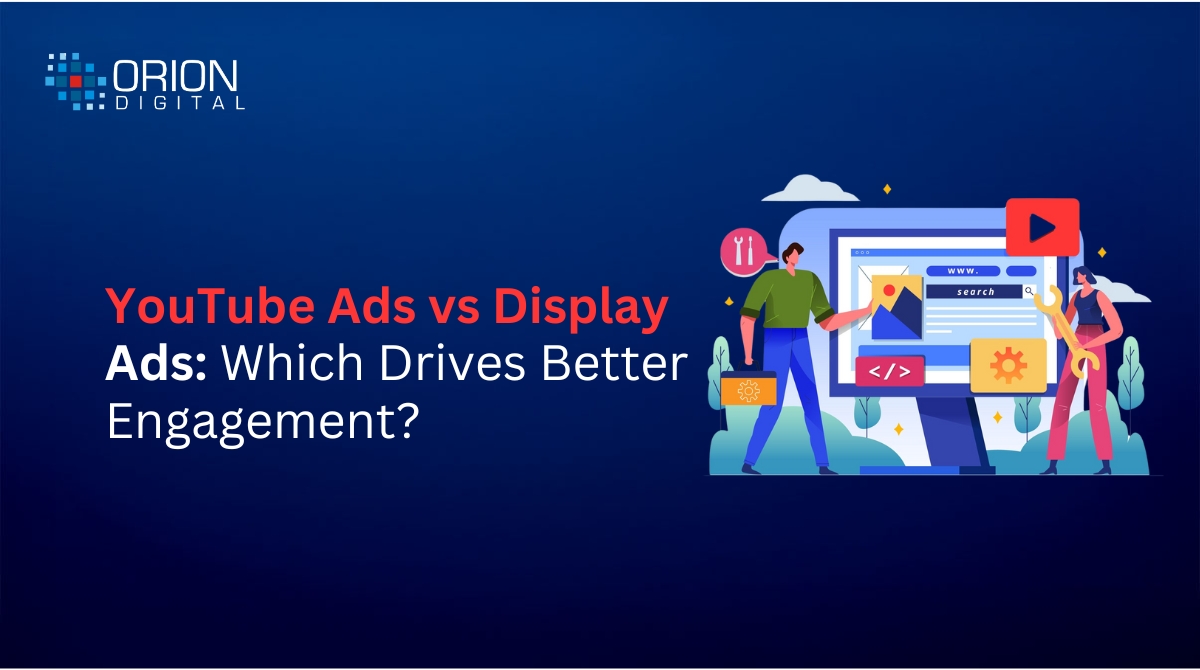
How Google Gemini Will Change the Future of Digital Marketing?
- Naveen N
- August 27, 2024
- Digital Marketing
- Google BARD
- 0 Comments
What is Google Gemini?
Google Gemini (once Google Bard) is Google’s response to ChatGPT. It’s an LLM that imitates human reactions and can provide responses to queries. Google Gemini is now hosted on a subdomain and is open to try now. Google has also been importing Gemini to different applications. For instance, the Samsung S24 operates Gemini as part of its AI suite.
How To Use Google Gemini For Ranking Success
Based on our analysis, There are four methods to guarantee success in the post-SGE tracking space. These are:
Know Your Search Intent
The present SERP is relatively tolerant in how it ranks sites with various search intents. Google SGE is much more authoritarian.
For instance, in the procedure, a blog about moving through the Mediterranean Sea can efficiently combat for the leading part with a landing page for that development, with the exact SERP specified by ranking aspects such as the digit of high-value relations a site has, site pace, rate of content, etc.
Nevertheless, in SGE, these ranking elements have slightly of an overall effect on occurring within the rendered outcome. Rather, it’s much more essential to check the tracking purpose that Google SGE considers each keyword to maintain.
For instance, let’s state you own a landing page for luxury safaris in Botswana, but the SGE auto-generated outcome for Luxury Safari Botswana is an informative answer regarding what to examine for in luxury safaris in Botswana. According to our investigation, reaching your landing page contained in the SGE answer will be highly doubtful.
Rather than trying to reach your landing page within the SGE reaction, you should make a blog post/article comparing the purpose of the developed reaction. You’ll be required to direct readers to your landing page through inner connections, but you’ll have a considerably better possibility of being formed in the developed answer.
Need to take readers directly to your landing page? Contact us Orion Digital, We are the best digital marketing agency in Mumbai.
Summarise Information
How do we ensure that our informational-intent pages are incorporated in the AI-generated comeback?
We summarise.
Blog posts and information-based pages are usually documented in a way developed to hold the reader gripped until the end. Queries are broken down into shorter details and then summarised at the end – usually before a Call To Act.
This system performs pleasingly for a human-focused scope. But it’s not well optimized for indexing and developing an SGE reaction. This is because Google prefers readily parsable details around the top of the page when crawling a place.
When documenting content that we like to be contained within SGE reactions, we like to assume a theoretical essay-based reaction model – one that begins with a theory information that quickly responds to the question/replies to the keyword before extending outwards with additional data.
For instance, suppose you like to occur in the reaction for ‘weather in Kyoto in July.’ Your reply should start, below the H1, with a straightforward hypothesis report:
July is a hot but drizzling month for Kyoto. The moderate temperature is 81 degrees Fahrenheit, but has lived understood to go as heightened as 88 degrees and as common as 73 degrees Fahrenheit. Kyoto usually undergoes 14 days of rain in July, and the moderate rain is approximately 230mm.
From there, you can extend outwards, concerning moderate temperatures during the day and the dark, humidity, moderate UV index, etc in their individual sections.
We’ve also noticed this procedure works very well following the HCU range update. As a consequence, we’re suggesting that all customers enforce this perspective when reporting content driving ahead – even for terms that don’t initiate an SGE Response.
Use Schema/Structured Data
For more commercially concentrating terms and investigations, such as recesses and vacations, we need to make sure that Google understands what it’s examining. The best form of doing that is through utilizing structured data – especially TravelAgent and Product Schema.
If you’re strange, schema-structured data is a little code snippet on a page. Schema conveys to Google in a form that allows Google to know that the site in inquiry has what the guest is looking for.
In symbolic terms, it’s the equal of favorable word of mouth and proper signifiers – the aroma of freshly baked bread for bakeries, for instance. In brief, schema is everything after the scenes that allows a searcher to know your site is what they’re examining for.
Using the right schema, in coordination with the different suggestions above, will guarantee that the pages we ask Google to index are torched up like a Christmas tree.
Embrace Your Brand
Moving on, it’s essential to assume your label when developing content for your blog standings and landing pages. From analysis, we’ve discovered that while CTR may be affected due to SGE and developed range occurring in the SERP, the guests who do ground on your site are more likely to be more involved.
As such, it’s crucial to leverage your understanding and knowledge when writing range for your audience. This will allow you to stand out against your opponents and reveal your power within your topic point.




